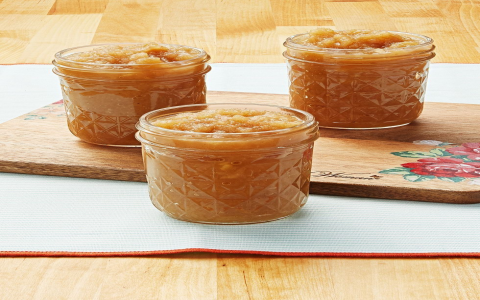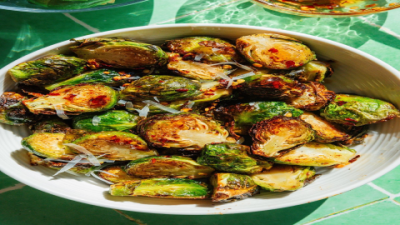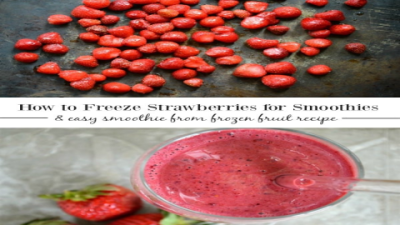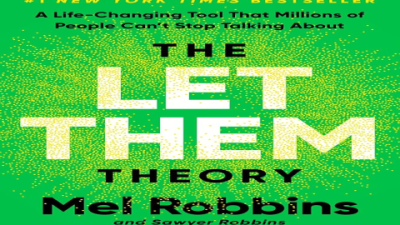When you think about making homemade applesauce, the kind of apple you pick really makes a difference. I mean, it’s not just about chopping up any apple and calling it a day. Texture, flavor, sweetness—these all play a huge role in how your applesauce turns out. Now, Honeycrisp apples have been buzzing around for years as this amazing, crisp, juicy apple that everyone loves to snack on. But the real question is: do they actually make good applesauce? Let’s dig into that and see what’s what.
First off, Honeycrisp apples are pretty special. They’re known for that perfect balance of sweet and tart, plus they’re super crisp and juicy. You bite into one, and it just snaps! Their skin is this lovely mix of red and yellow, and inside, the flesh is white and really juicy. These things matter when you’re making applesauce because:
-
The sweetness means you probably won’t need to dump in a ton of sugar.
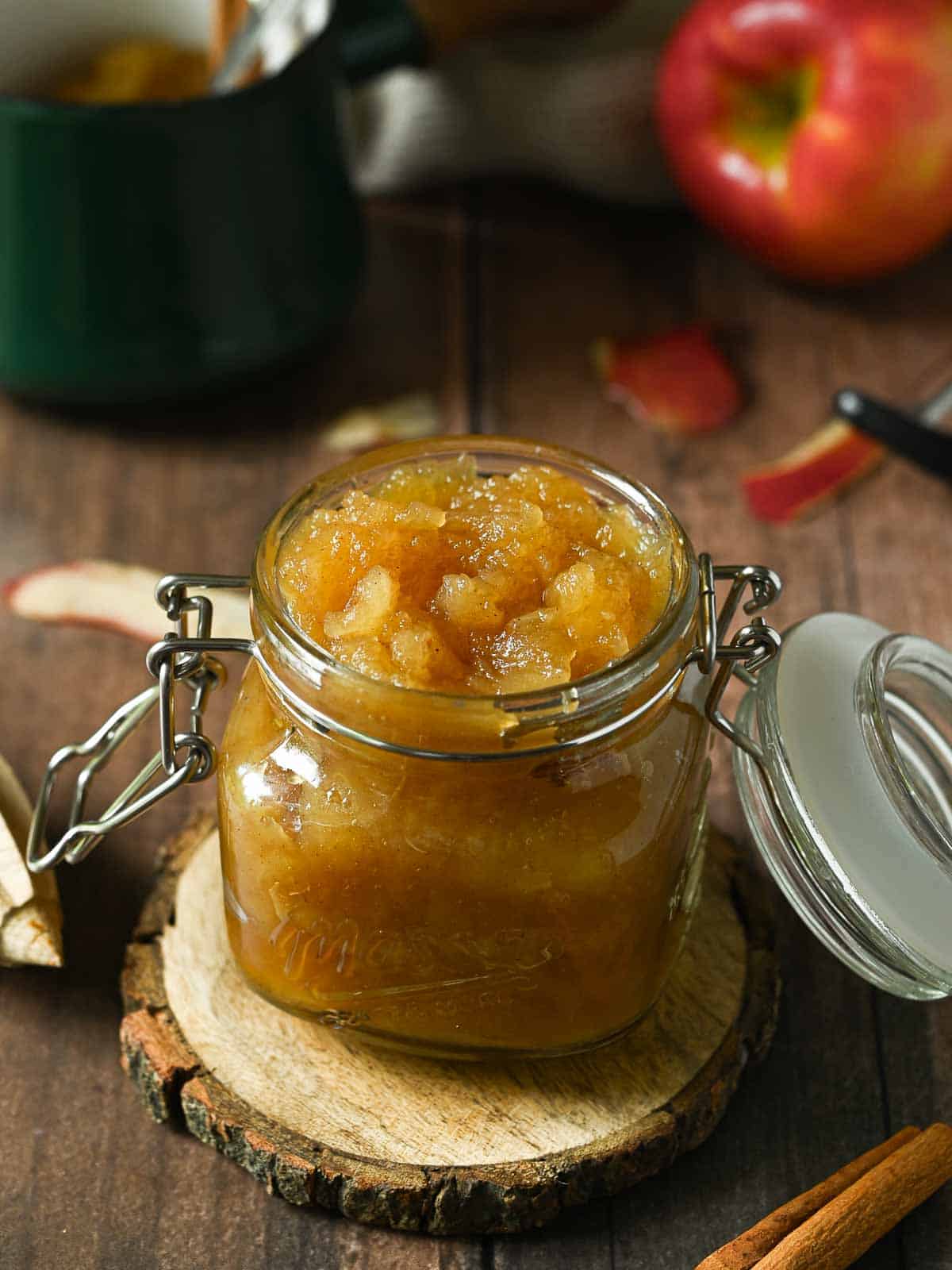
-
The juiciness helps keep your applesauce moist without adding water.
-
And the firmness? Well, that’s a bit of a double-edged sword. Honeycrisp apples don’t just melt away when you cook them like some softer apples do. They tend to hold their shape, which can be great or not, depending on what texture you want.
Speaking of texture, here’s the thing: if you want a super smooth applesauce, Honeycrisp might need a little extra help. Because they’re firm, they don’t break down as easily during cooking. So if you just simmer them and mash lightly, you might end up with something chunkier, which is actually pretty nice if you like a bit of bite in your sauce. But if you want it silky smooth, you’ll probably want to blend it up or even grate the apples before cooking. That little trick helps them cook down faster and gives you that creamy texture.
Flavor-wise, Honeycrisp apples are a dream for applesauce. Their natural sweetness with a hint of tartness means your sauce will have a nice depth of flavor. You don’t have to go crazy with added sugar. A touch of cinnamon, maybe a splash of lemon juice to brighten things up, and you’re golden. Some folks even add boiled cider for an extra apple punch—totally optional but delicious.
Here’s a quick recipe I like that really brings out the best in Honeycrisp applesauce:
Ingredients:
-
medium Honeycrisp apples (peeled, cored, and chopped)
-
¼ cup water
-
teaspoons fresh lemon juice
-
tablespoons brown sugar (or honey if you prefer)
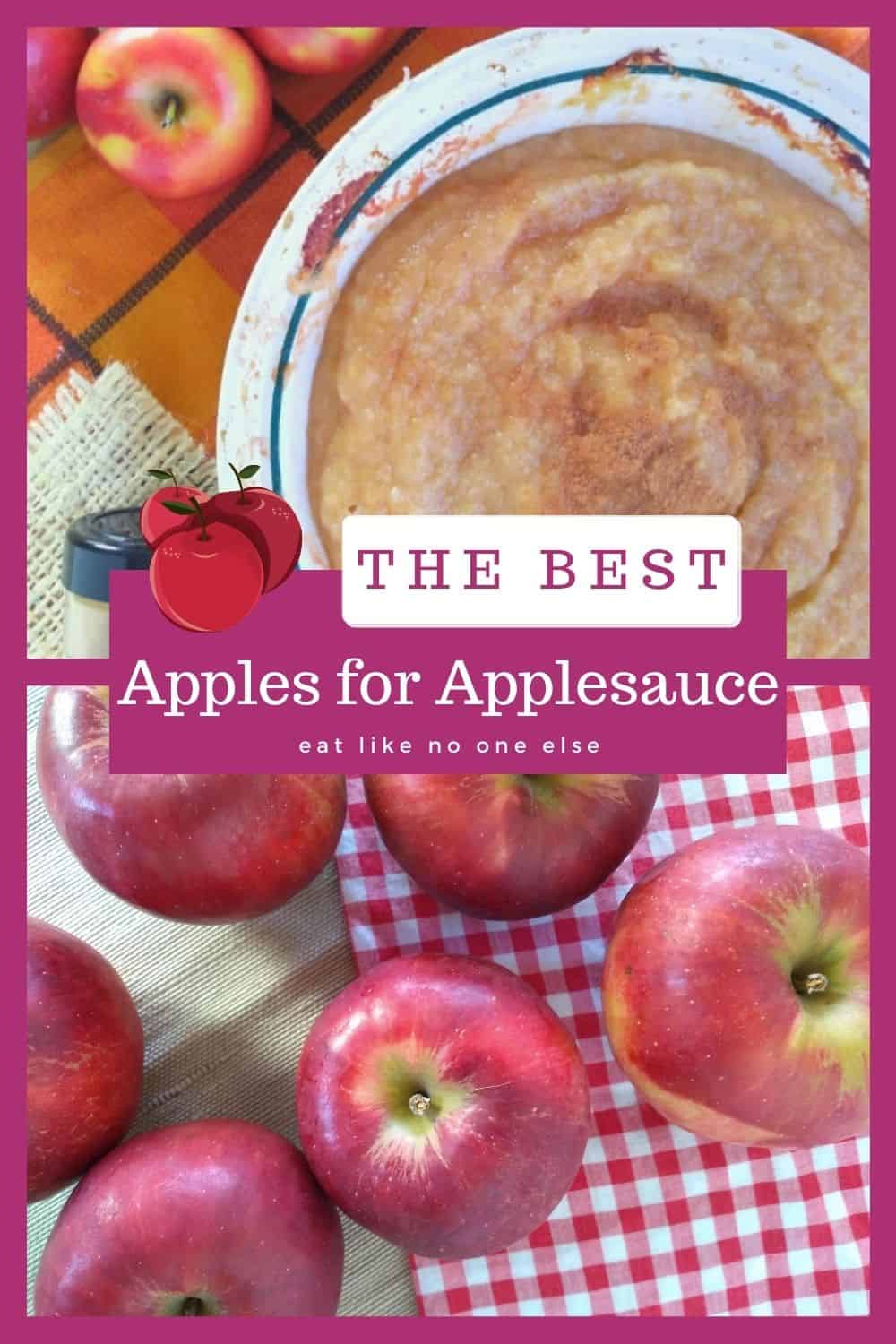
-
¼ teaspoon cinnamon
-
½ tablespoon boiled cider (if you have it)
Instructions:
-
Toss everything into a pot and stir it up.
-
Cover and bring it to a boil over medium-high heat.
-
Turn the heat down and let it simmer for about 12- minutes until the apples are soft.
-
Take off the lid and mash it up with a fork or potato masher. If you want it smoother, grab an immersion blender and go to town.
-
Eat it warm or let it cool and store it in the fridge.
This recipe is simple but really lets the Honeycrisp flavor shine. Plus, it’s naturally sweet enough that you don’t feel like you’re eating dessert for breakfast (even though you kind of are).
Nutritionally, Honeycrisp applesauce is pretty solid. It’s got fiber, vitamin C, potassium, and natural sugars that give you energy without the crash. Here’s roughly what you get in a cup of unsweetened applesauce:
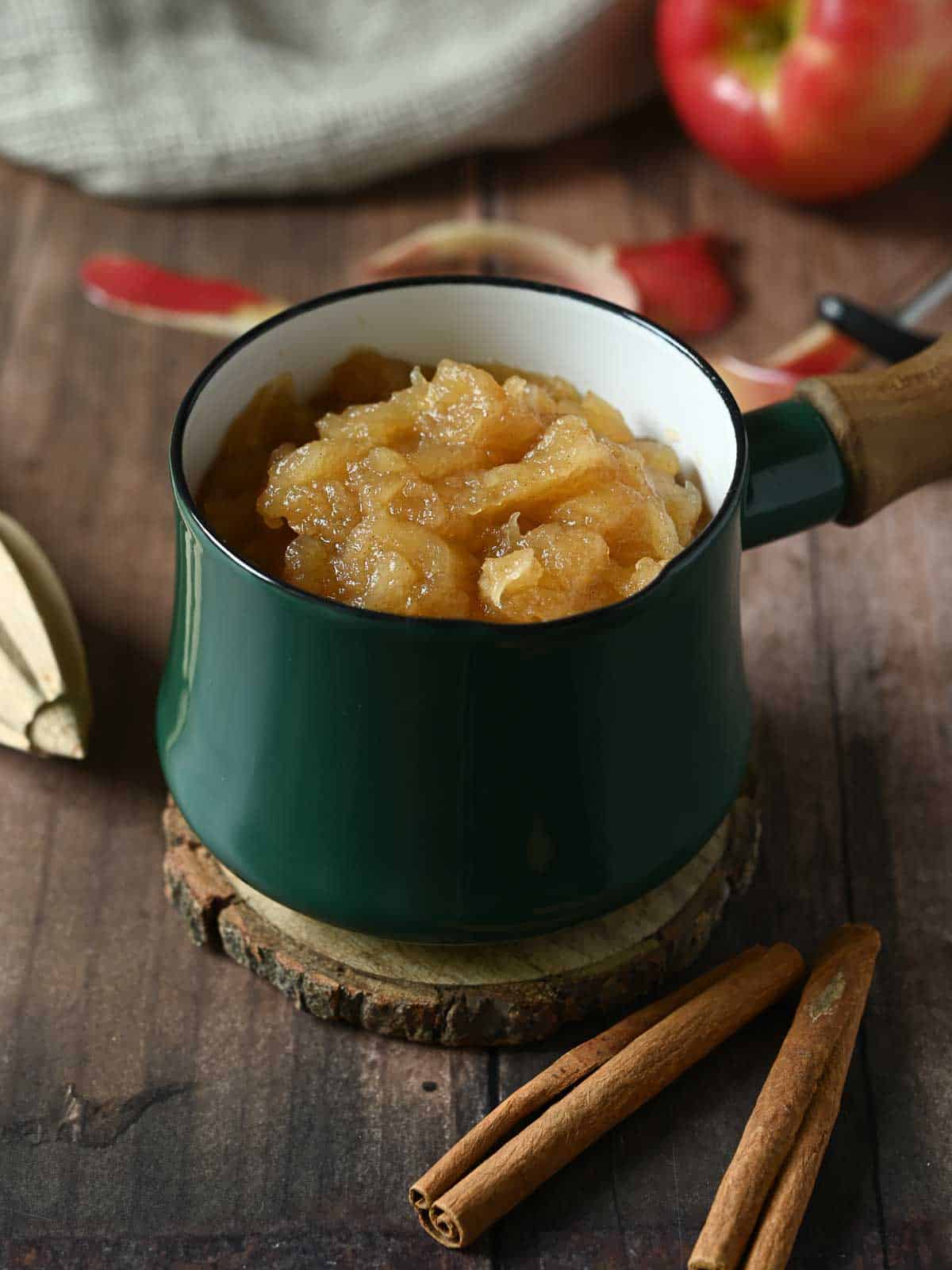
-
Calories: 100-120
-
Fiber: 3- grams
-
Vitamin C: 5-10% of your daily needs
-
Potassium: 150- mg
-
Natural sugars: 15- grams
Not bad for something that tastes like a treat, right?
If you’re wondering how Honeycrisp stacks up against other apples for applesauce, here’s a quick rundown:
-
McIntosh apples break down super soft and make that classic smooth applesauce we all know.
-
Fuji apples are sweeter and hold their shape a bit, good for chunkier sauces.
-
Granny Smith are tart and firm, so they usually need some sugar to balance out.
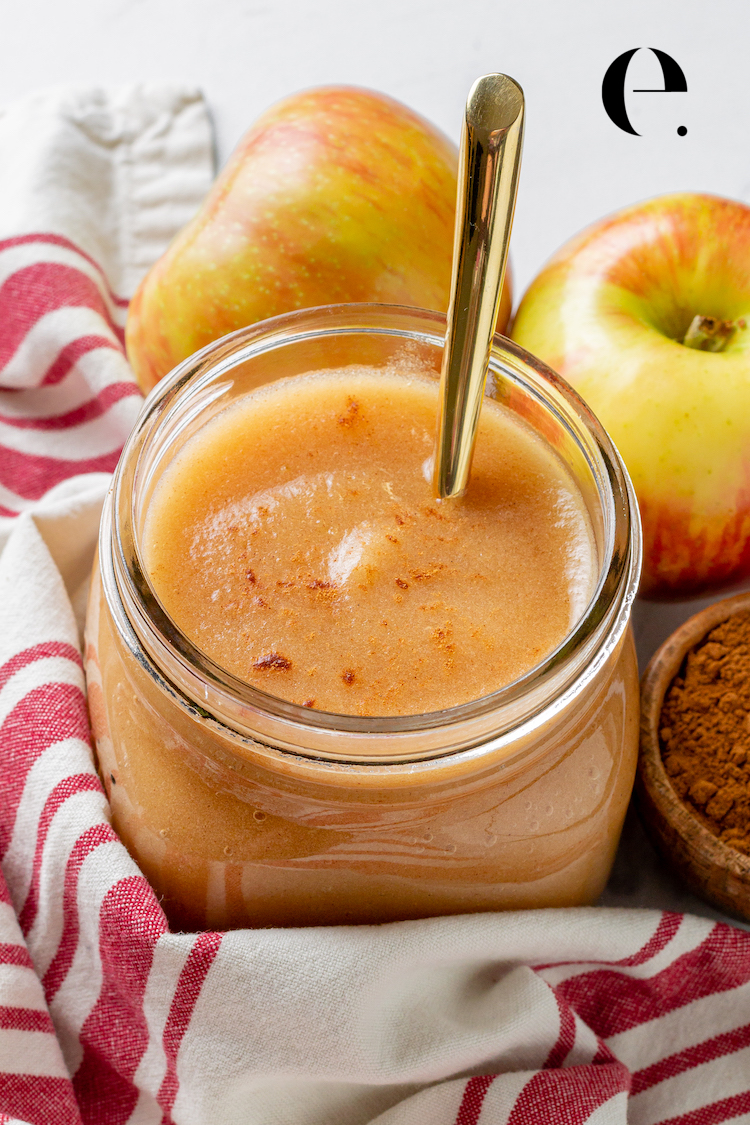
-
Cortland apples soften nicely and work well for either chunky or smooth.
Honeycrisp sits somewhere in the middle. They hold their shape better than McIntosh but aren’t as hard as Granny Smith, making them pretty versatile.
One of the best parts about Honeycrisp applesauce is how you can use it. It’s not just for eating by the spoonful (though that’s a valid option). Try it on pancakes or waffles instead of syrup, mix it into your morning oatmeal, or use it as a healthier substitute for oil or butter in baking. It’s also fantastic paired with pork chops or roasted chicken—there’s something about the sweet-tart flavor that just brightens up savory dishes. And don’t forget desserts! Stir it into yogurt or cottage cheese, or layer it in parfaits for a fresh, fruity twist.
Now, I bet you have some questions, so let me answer a few common ones:
Q: Do I need to add sugar when making Honeycrisp applesauce?
A: Usually, no. Honeycrisp apples are sweet enough on their own. But if you like things sweeter, a little brown sugar or honey won’t hurt.
Q: How long does homemade Honeycrisp applesauce last?
A: In the fridge, about a week to ten days. Freeze it, and it’ll keep for up to six months.
Q: Can I skip peeling the apples?
A: You can! The peel adds fiber and nutrients. But if you want a really smooth sauce, peeling helps.
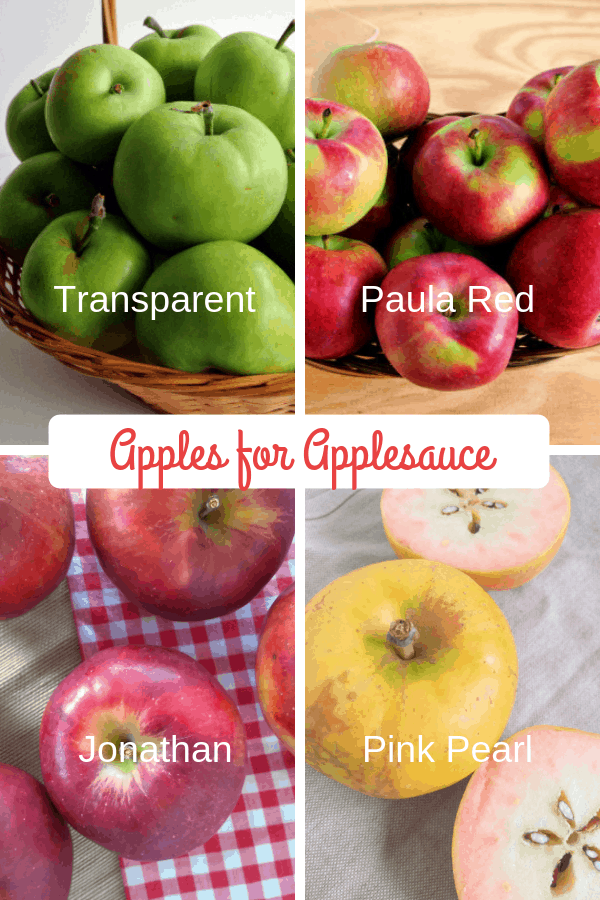
Q: What’s the best way to cook Honeycrisp applesauce?
A: Simmering on the stove is classic, but slow cookers and Instant Pots work great too. Grating the apples before cooking can speed things up and soften the texture.
Q: Are Honeycrisp apples good for other recipes?
A: Absolutely. They’re great fresh, in salads, baking, and sauces.
So, wrapping it all up: yes, Honeycrisp apples definitely make good applesauce. They bring a wonderful balance of flavor and texture that you can tweak to your liking. Whether you want chunky or smooth, naturally sweet or spiced, Honeycrisp apples will deliver a delicious, fresh applesauce that’s hard to beat. Give it a try—you might just find your new favorite way to enjoy applesauce!
